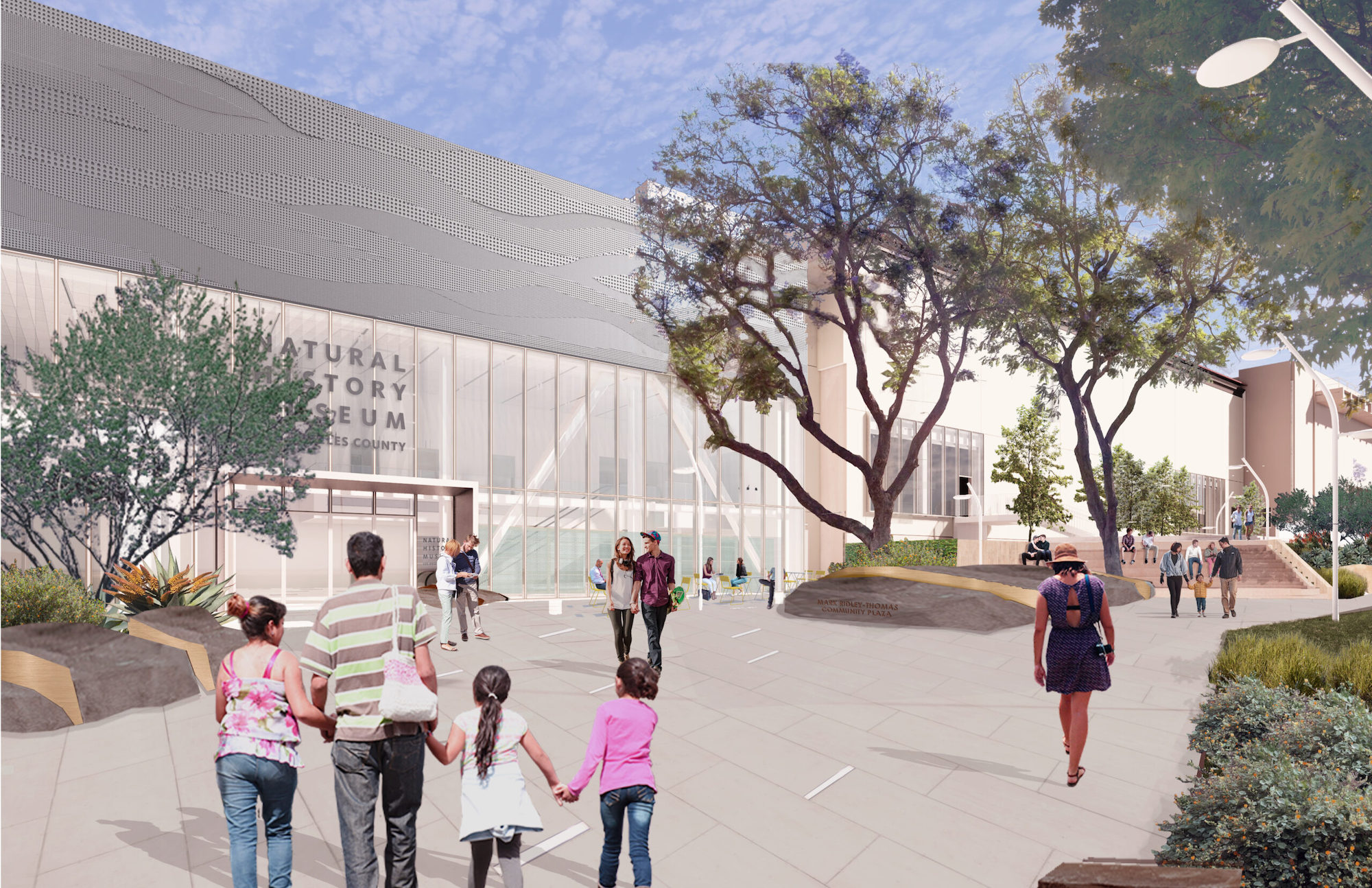NHM Commons, a new wing and community hub under construction at The Natural History Museums (NHM) of Los Angeles County, was designed to be both a destination and a portal into the building and to the surrounding grounds.
Major elements of the addition include sustainable gardens, a 400-seat multi-purpose theater that will offer daytime and evening events, free admission to the Judith Perlstein Welcome Center, which will house Gnatalie, “the first real skeletal mount of a long-neck dinosaur on the West Coast,” and Barbara Carrasco’s mural L.A. History: A Mexican Perspective.
The Commons’ amenities include a cafe with indoor/outdoor seating, a retail space inside the airy Wallis Annenberg Lobby, and a spacious plaza intended as a communal gathering point for events and relaxation. The latter will also serve as the Museum’s “front porch” to the neighboring Exposition Park.
The $75 million NHM Commons expansion and renovation, designed by Frederick Fisher & Partners with landscape design by Studio-MLA, will create 75,000 sf of renovated space and new construction. The Native American Advisory Council, which represents native communities in Southern California including Gabrieleno-Tongva, Tataviam, Chumash, and Ajachmem, contributed to programming and provided design input for the project. The council focused on ways to build a sense of welcome, acknowledgment, respect for native people who enter the space, and on opportunities to remind, express to, and educate visitors that Los Angeles is on native land.
NHM Commons is part of a 10-year plan aimed at increasing access to research and collections that will provide more resources and amenities for neighboring communities and create integrated indoor-outdoor destinations at The Natural History Museums in Exposition Park and at La Brea Tar Pits in Hancock Park.
The reimagining of La Brea Tar Pits—the only active urban paleontological site in the world—has begun with the early stages of master planning by the architectural team of Weiss/Manfredi.
On the project team:
Owner and/or developer: County of Los Angeles, Fundraising and Project Implementation by the Los Angeles County Natural History Museum Foundation
Design architect: Frederick Fisher and Partners
Architect of record: Frederick Fisher and Partners
MEP engineer: BuroHappold
Structural engineer: John A. Martin & Associates
General contractor/construction manager: MATT Construction
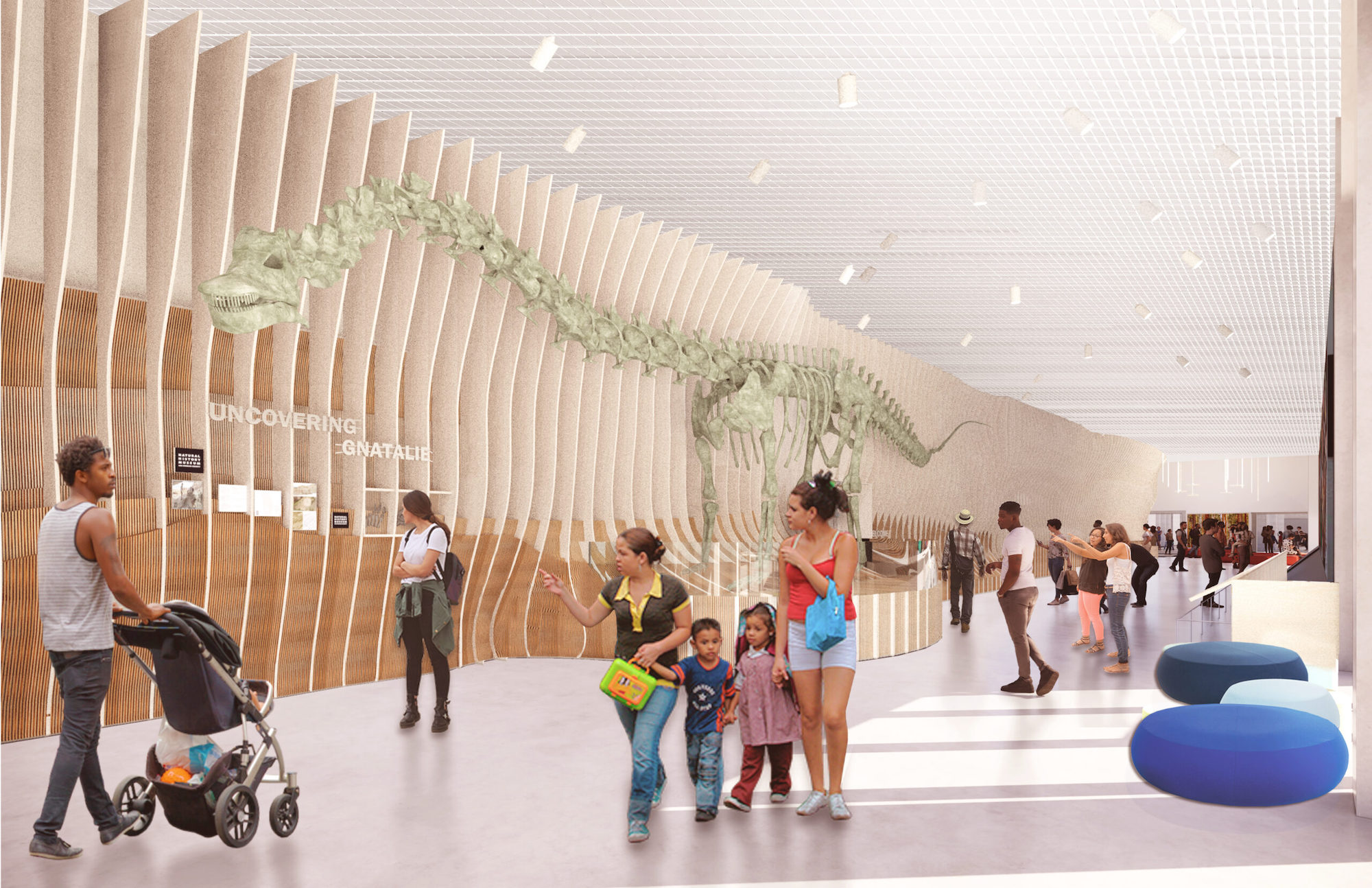
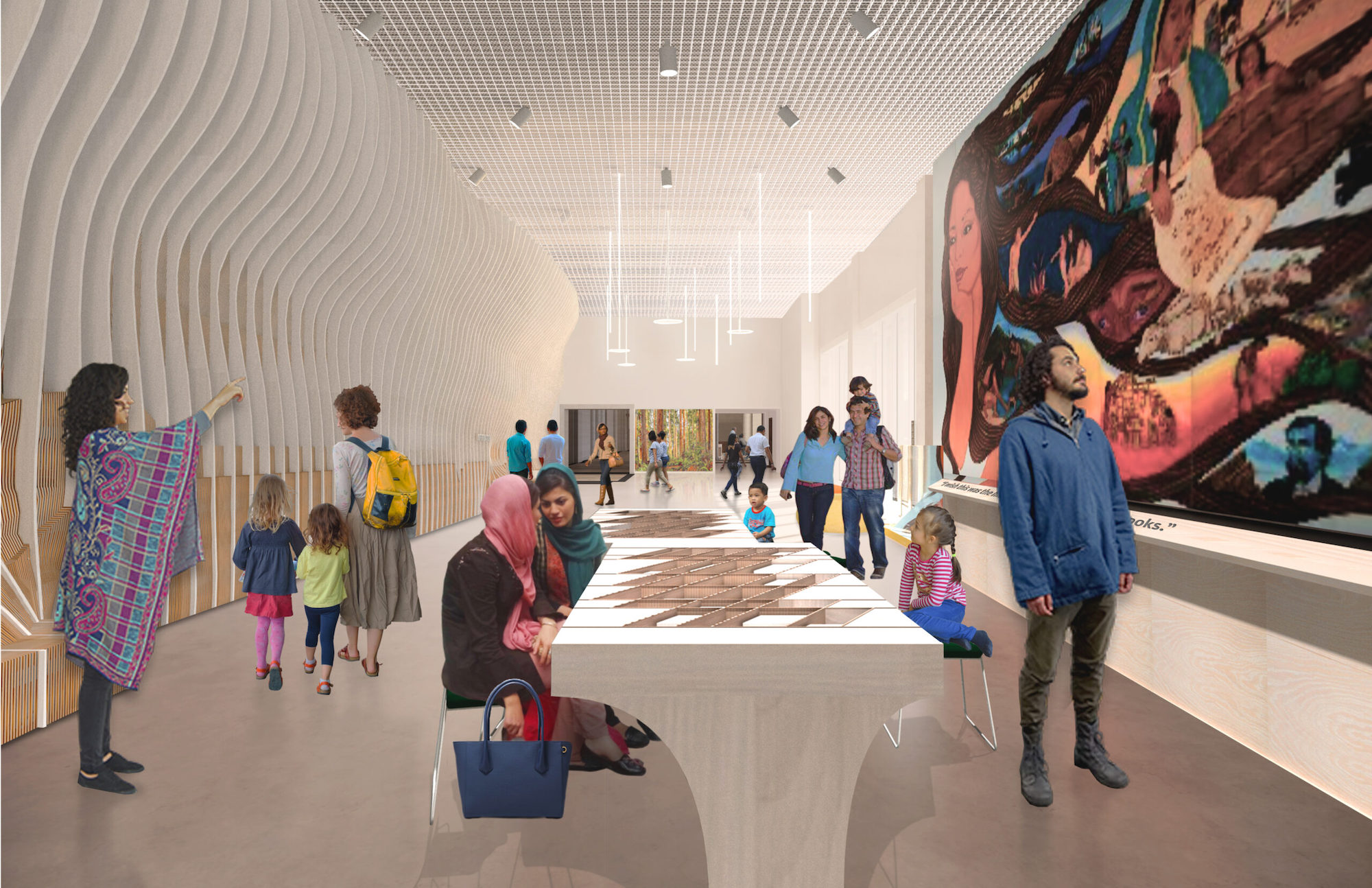
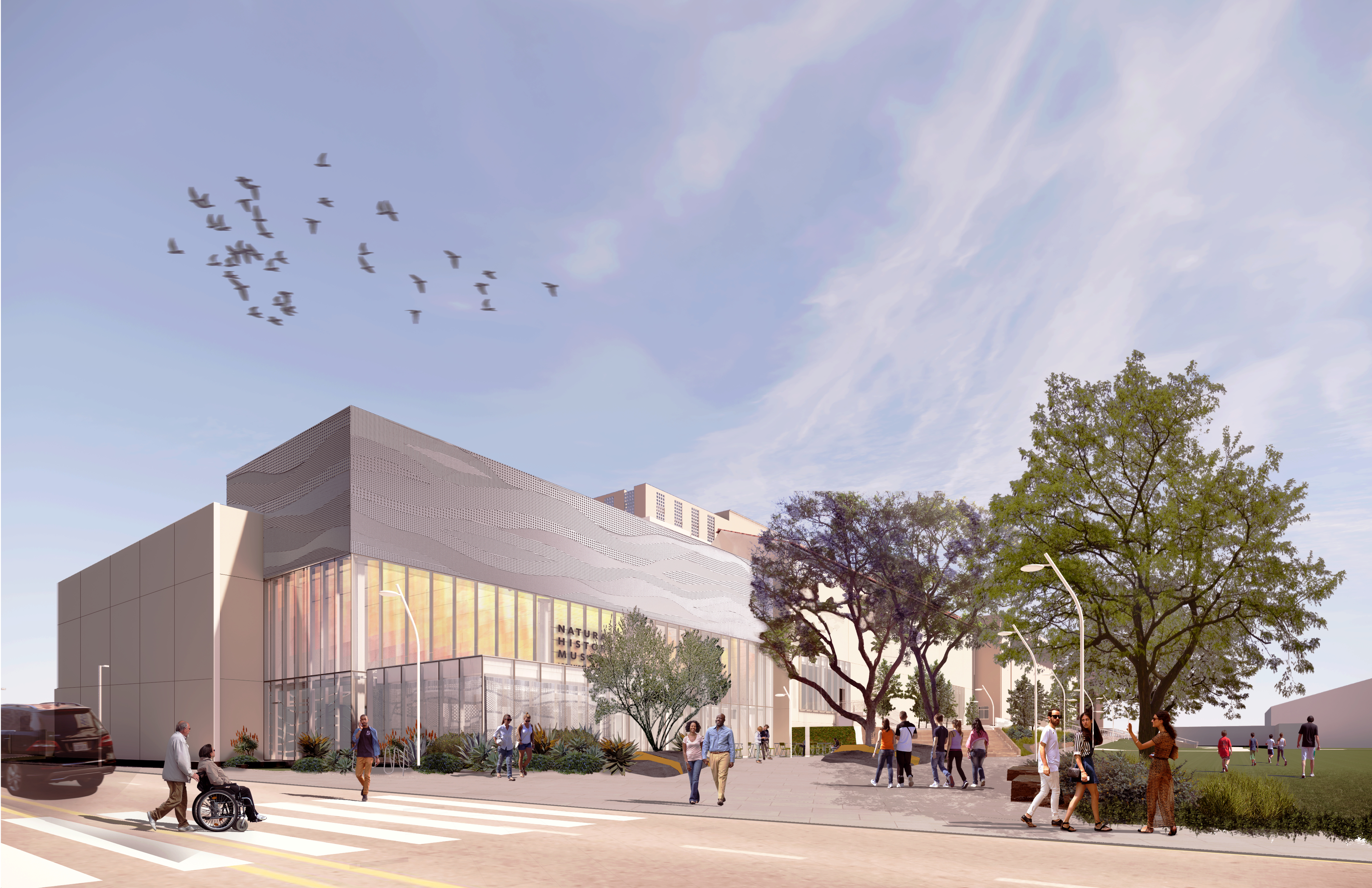
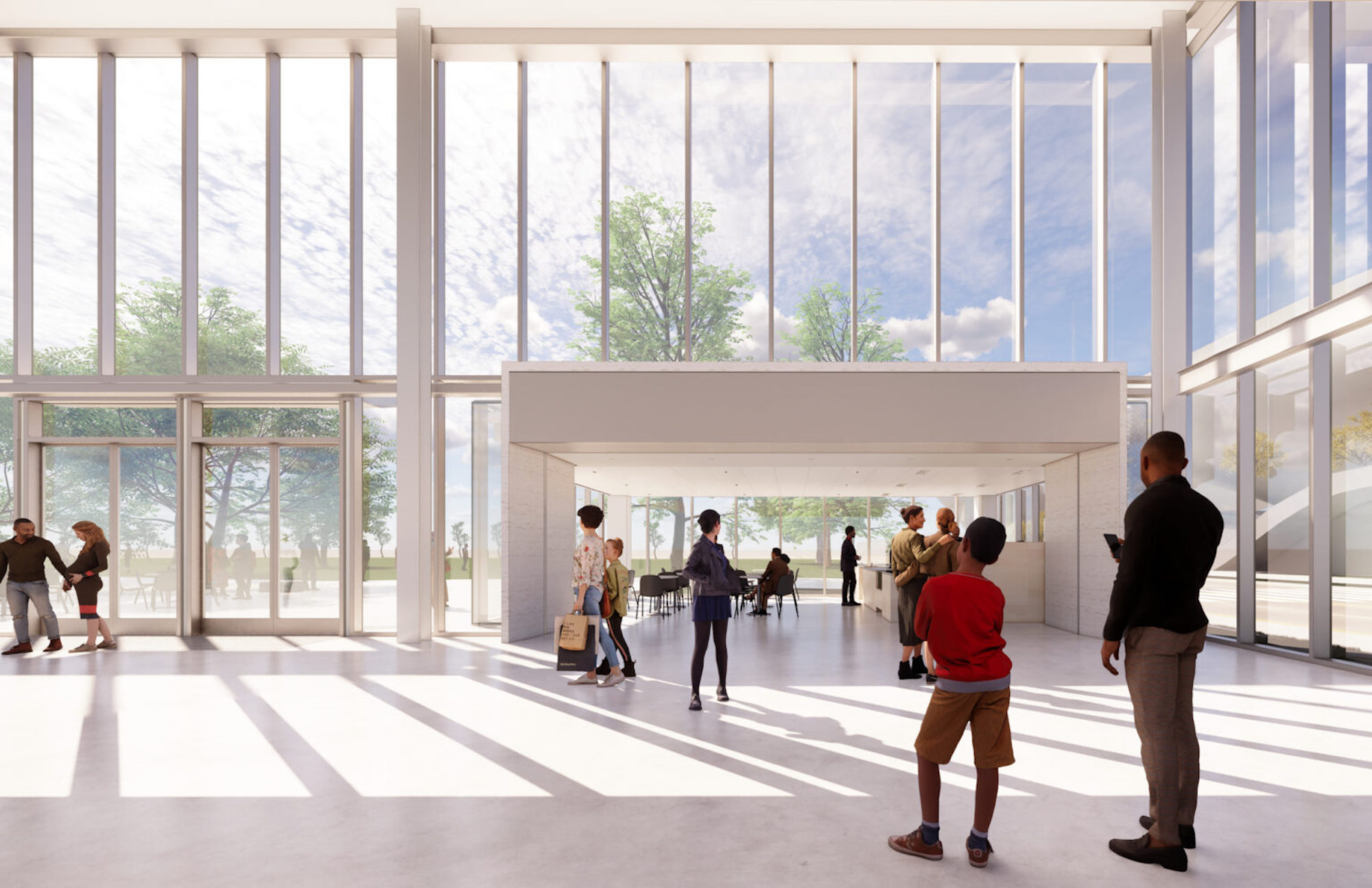
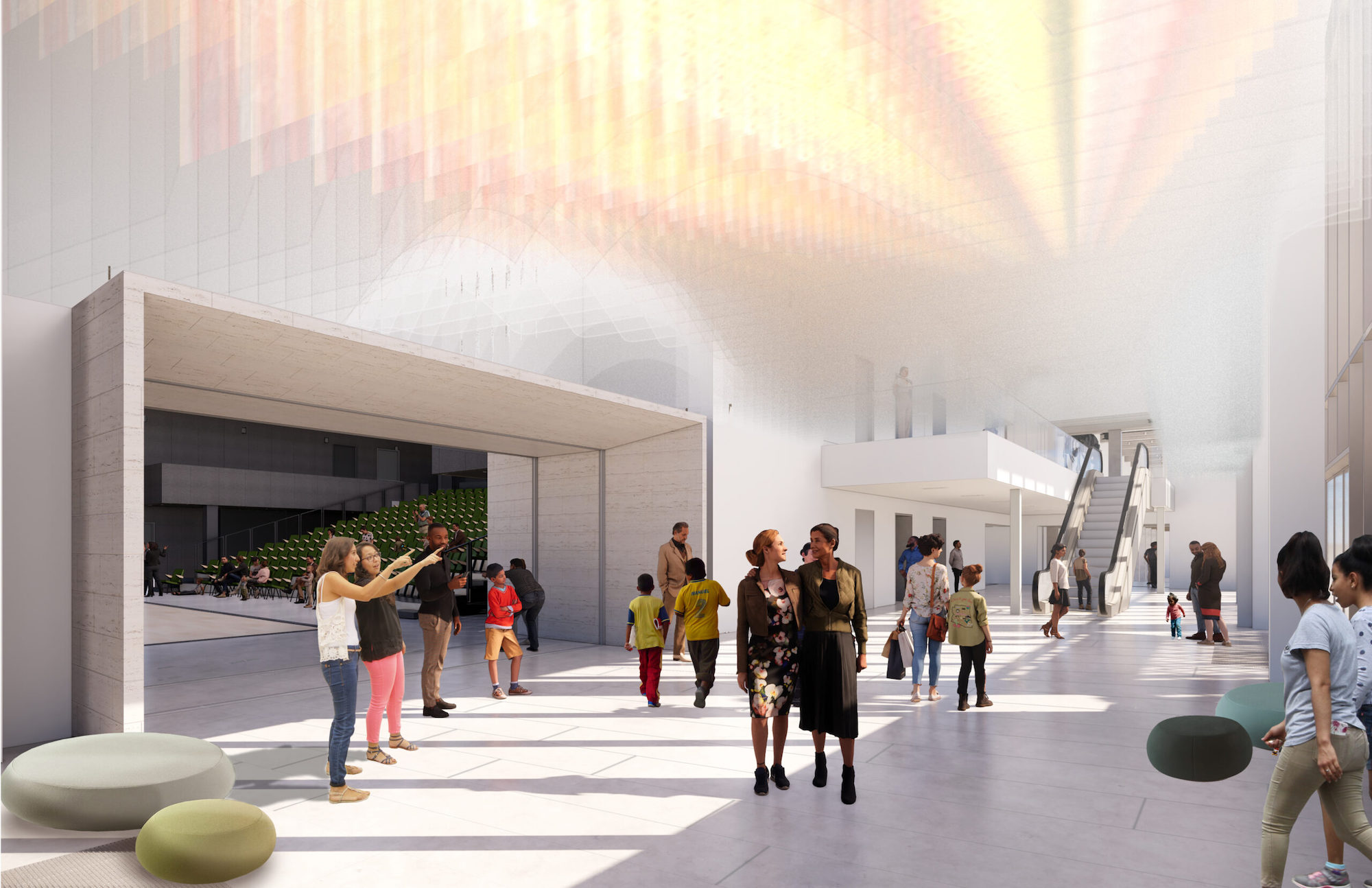
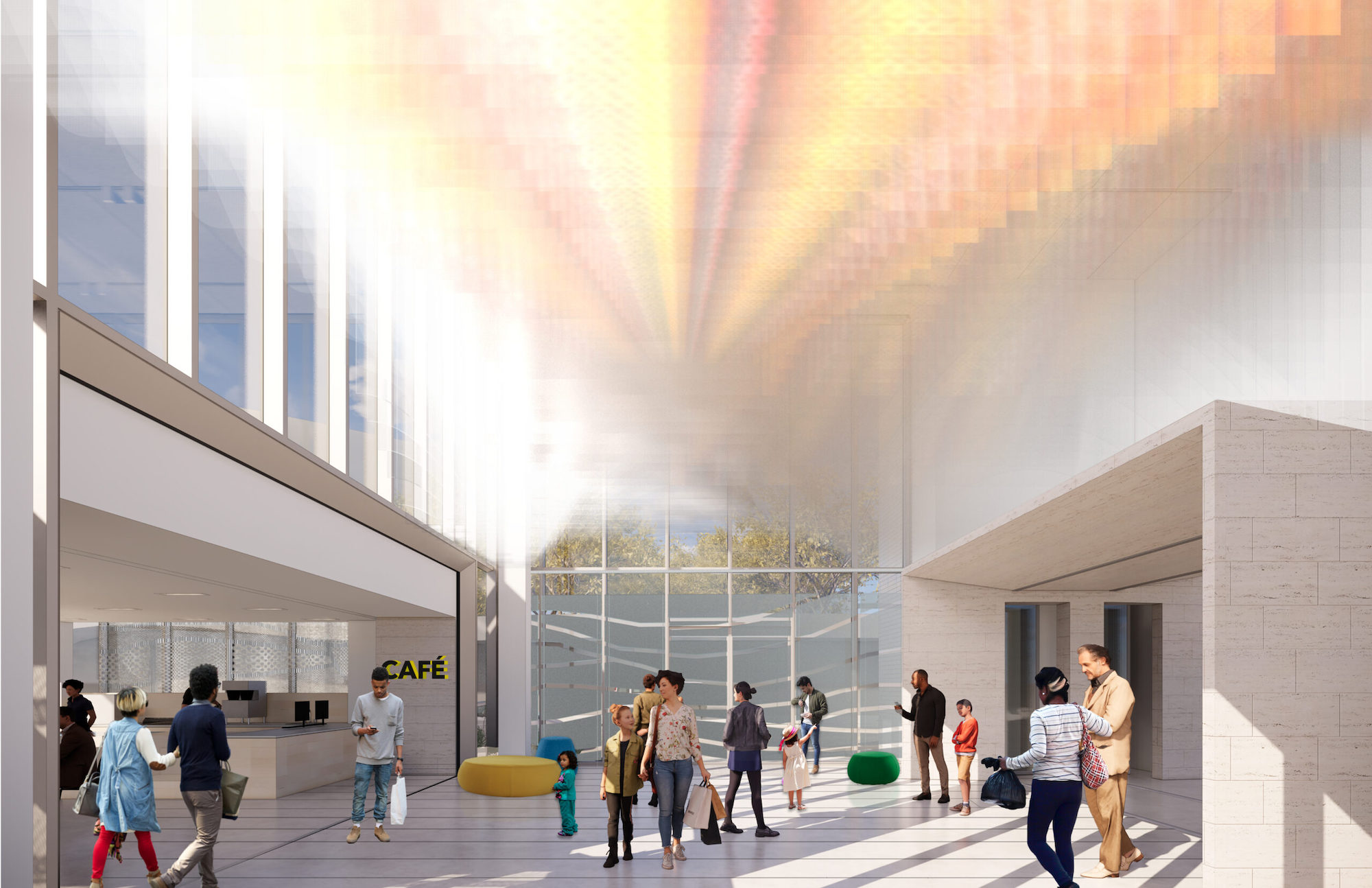
Related Stories
| Sep 12, 2011
Living Buildings: Are AEC Firms up to the Challenge?
Modular Architecture > You’ve done a LEED Gold or two, maybe even a LEED Platinum. But are you and your firm ready to take on the Living Building Challenge? Think twice before you say yes.
| Apr 13, 2011
Expanded Museum of the Moving Image provides a treat for the eyes
The expansion and renovation of the Museum of the Moving Image in the Astoria section of Queens, N.Y., involved a complete redesign of its first floor and the construction of a three-story 47,000-sf addition.
| Apr 12, 2011
Entrance pavilion adds subtle style to Natural History Museum of Los Angeles
A $13 million gift from the Otis Booth Foundation is funding a new entrance pavilion at the Natural History Museum of Los Angeles County. CO Architects, Los Angeles, is designing the frameless structure with an energy-efficient curtain wall, vertical suspension rods, and horizontal knife plates to make it as transparent as possible.
| Jan 21, 2011
Sustainable history center exhibits Fort Ticonderoga’s storied past
Fort Ticonderoga, in Ticonderoga, N.Y., along Lake Champlain, dates to 1755 and was the site of battles in the French and Indian War and the American Revolution. The new $20.8 million, 15,000-sf Deborah Clarke Mars Education Center pays homage to the French magasin du Roi (the King’s warehouse) at the fort.
| Jan 19, 2011
Industrial history museum gets new home in steel plant
The National Museum of Industrial History recently renovated the exterior of a 1913 steel plant in Bethlehem, Pa., to house its new 40,000-sf exhibition space. The museum chose VOA Associates, which is headquartered in Chicago, to complete the design for the exhibit’s interior. The exhibit, which has views of five historic blast furnaces, will feature artifacts from the Smithsonian Institution to illustrate early industrial America.
| Jan 19, 2011
Museum design integrates Greek history and architecture
Construction is under way in Chicago on the National Hellenic Museum, the nation’s first museum devoted to Greek history and culture. RTKL designed the 40,000-sf limestone and glass building to include such historic references as the covered walkway of classical architecture and the natural wood accents of Byzantine monasteries. The museum will include a research library and oral history center, plus a 3,600-sf rooftop terrace featuring three gardens. The project seeks LEED Silver.
| Nov 23, 2010
The George W. Bush Presidential Center, which will house the former president’s library
The George W. Bush Presidential Center, which will house the former president’s library and museum, plus the Bush Institute, is aiming for LEED Platinum. The 226,565-sf center, located at Southern Methodist University, in Dallas, was designed by architect Robert A.M. Stern and landscape architect Michael Van Valkenburgh.
| Nov 2, 2010
Cypress Siding Helps Nature Center Look its Part
The Trinity River Audubon Center, which sits within a 6,000-acre forest just outside Dallas, utilizes sustainable materials that help the $12.5 million nature center fit its wooded setting and put it on a path to earning LEED Gold.
| Oct 13, 2010
Tower commemorates Lewis & Clark’s historic expedition
The $4.8 million Lewis and Clark Confluence Tower in Hartford, Ill., commemorates explorers Meriwether Lewis and William Clark at the point where their trek to the Pacific Ocean began—the confluence of the Mississippi and Missouri Rivers.
| Oct 12, 2010
Gartner Auditorium, Cleveland Museum of Art
27th Annual Reconstruction Awards—Silver Award. Gartner Auditorium was originally designed by Marcel Breuer and completed, in 1971, as part of his Education Wing at the Cleveland Museum of Art. Despite that lofty provenance, the Gartner was never a perfect music venue.


